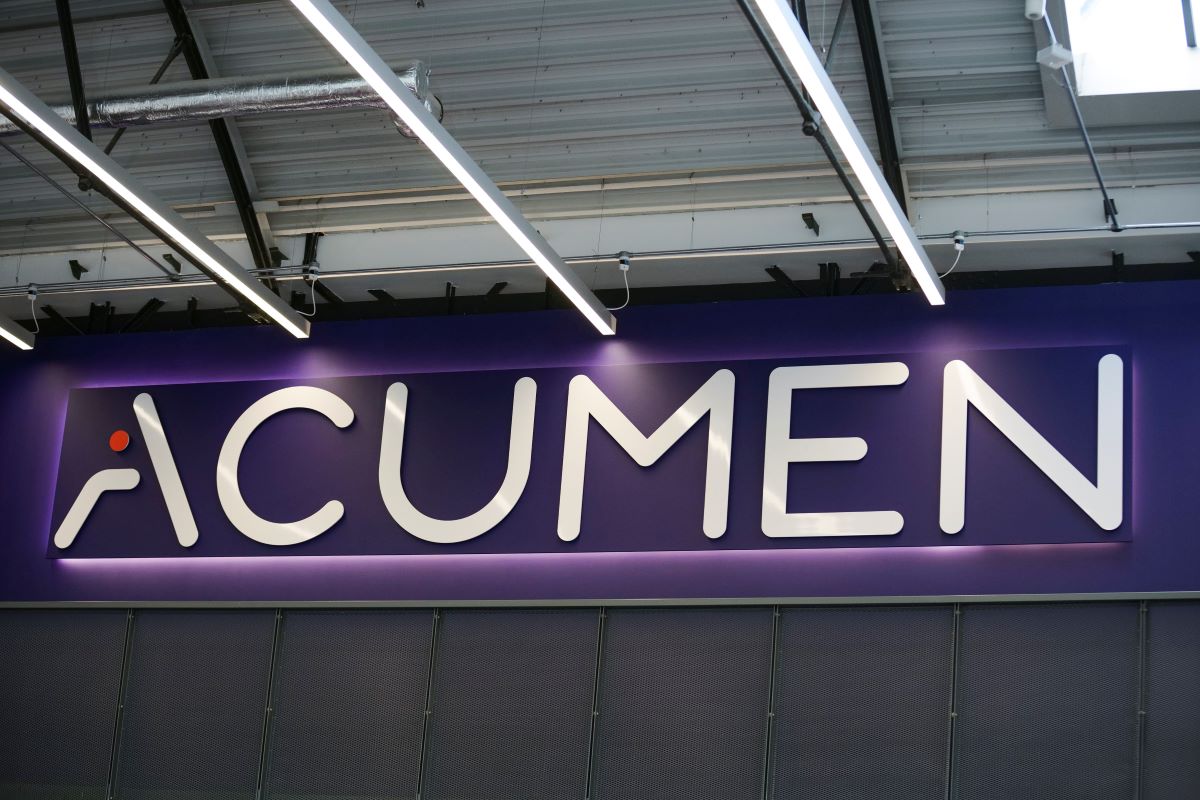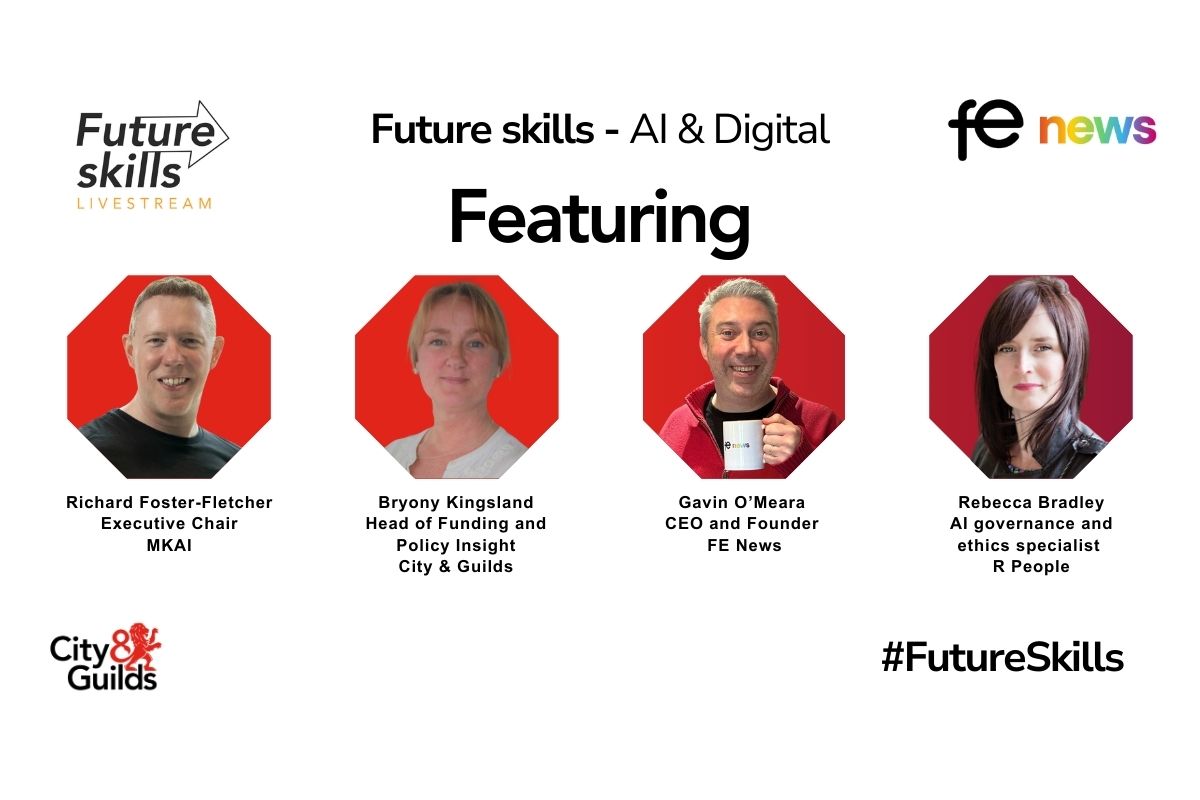Why Colleges Should Care About STEM Retention

Colleges, universities and other institutions invest heavily in getting students in STEM programs because they are pathways to quality careers in high-demand and economically important fields.
But getting students to start down science, technology, engineering and math tracks may not be enough.
On the employer side, the need for STEM graduates is still robust, at the highest levels.
“We’re counting on the next generation of students to enter that STEM pipeline, so they can take the baton and continue to boldly explore and push the boundaries of our knowledge about space and science,” said Rob La Salvia, Partnership Manager, Office of STEM Engagement at the National Aeronautics and Space Administration (NASA). The Artemis missions, which will return humans to the surface of the moon, “will ultimately be stepping stones leading astronauts to Mars. This is a long-term endeavour, so it’s important that students succeed in pursuing education and careers in STEM,” he said.
The key phrase there is probably “it’s important that students succeed.” But, increasingly, they may not be.
“Unfortunately, introductory STEM courses such as chemistry and calculus have traditionally been treated as weed out courses – places where students who were behind or maybe not quite ready to succeed on their own were pushed out,” said Justin Weinberg, who holds a Ph.D. in Chemical Engineering. It’s a subject Weinberg knows well since he also founded Aktiv Learning, a company that provides engaging in-class and homework activities in math and chemistry to students at more than 600 North American colleges and universities.
“Instead of weeding out, we should be thinking more about how to support and scaffold learners in these classes and programs,” Weinberg said. “That’s even more crucial now, based on what we’re seeing.”
What Weinberg and others are seeing is that, as demand and need for STEM graduates increases, the completion rates are not keeping pace. In fact, they may be experiencing a drastic decline brought on by pandemic-related changes in learning environments. At the same time, traditional teaching methods in STEM courses may not have kept pace with the needs and habits of today’s students.
According to reporting from the Hechinger Report/USAToday, more students are arriving at college unprepared and failure rates are rising – especially in STEM fields.
The Hechinger report cites the classes of Uri Treisman, a well-known calculus professor at the University of Texas, Austin. This past year, one in four of his first-year calculus students failed. Treisman told Hechinger that in an average year, the failure rate is just 5%.
In another example reported by Hechinger, Texas at Austin genetics professor Kristin Patterson said that usually only about 2 to 4 percent of students fail her classes. This past year 20% did.
“Students entering college now are struggling more than ever because they are emerging from the pandemic after 12-18 months of a poor learning environment,” Weinberg said. “They’re unable to form proper study habits, meet deadlines, and collaborate with their peers.”
For years, colleges have pushed unprepared students into remediation programs – layering on required courses in foundational skills such as math or entry-level physics. The problem with that approach is that remediation courses cost money and add time to degree programs. Further, some schools and states are limiting or even banning remediation efforts.
“A major challenge with remediation is that it’s illogical to help people finish a marathon by lengthening the course,” Weinberg said. “If you want people to finish, help them be better runners, don’t send them backward,” he said.
Instead, Weinberg and others suggest deep investments in learning tools and school supports that can help students while they are in their STEM classes, helping them to truly master the material instead of simply aiming to pass the class. Or worse – failing out.
One way to help is to require more and better math courses before students reach college. Though that solution may have been scrambled by pandemic learning, there’s evidence it works.
Mark Kantrowitz of Saving for College, and author of the book, “Who Graduates from College? Who Doesn’t?”, says preparing students for STEM and preparing them for college are linked.
“Students who take more math in high school are more likely to graduate from college,” Kantrowitz said. “In fact, 71% of students who take math classes beyond Algebra 2 in high school graduate with a Bachelor’s degree within six years, compared with 27% of students who don’t.”
But once they reach college, things still may need to change.
“Today’s student doesn’t learn from passive lectures but instead learns from active environments where they are encouraged to participate in problem solving, group work, and discussion. If we want to increase retention in STEM courses so students can obtain the critical skills they need, we need to look at the decades of educational research around effective teaching practices and implement those in as many courses as possible,” Weinberg said.
One method that’s having an impact is recitation groups – smaller groups of students that meet regularly under the guidance of an instructor, graduate student, or undergraduate who has previously taken the class. These sessions meet to work through problem sets, learning activities and practice assignments. It’s a tactic borrowed from liberal arts discussion sections that’s recently finding appeal in the STEM arena.
Another tactic that experts say may help STEM students keep up involves changing homework assignments – getting away from emphasizing the correct answer and instead using homework as a learning experience , a place to make mistakes without major penalty.
“If you want students to learn, you have to show them their mistakes and help them try again to close the gap on their initial misconception. Without this or penalizing students for making mistakes, you change the incentive. It goes from active learning to just a focus on finding the answer, and sometimes, cheating,” Weinberg said.
What may be needed, in other words, is a focus on keeping students in STEM instead of just on bringing them in.
Kantrowitz cited the 2006 National SMART Grant effort, which gave an extra $4,000 in annual Pell Grant funding to students who started in STEM majors and kept a 3.0 GPA. “The program was seen as a failure,” he said, “because it didn’t get more students to major in STEM.”
But Kantrowitz said the reason may be that students inherently believed that STEM was more difficult than other subjects and that keeping a high GPA in a more difficult program was not worth the risk – or the money.
“Maybe,” Weinberg said, “our message to students should be that they shouldn’t be afraid of STEM disciplines and we’re going to cut down the barriers to their success in these courses,” he said.












Excellent article on an important topic. It seems the lecture-heavy intro courses do us all a disservice. Interesting additional reading on this pervasive problem and possible solutions: https://www.ed.gov/sites/default/files/stem-overview.pdf